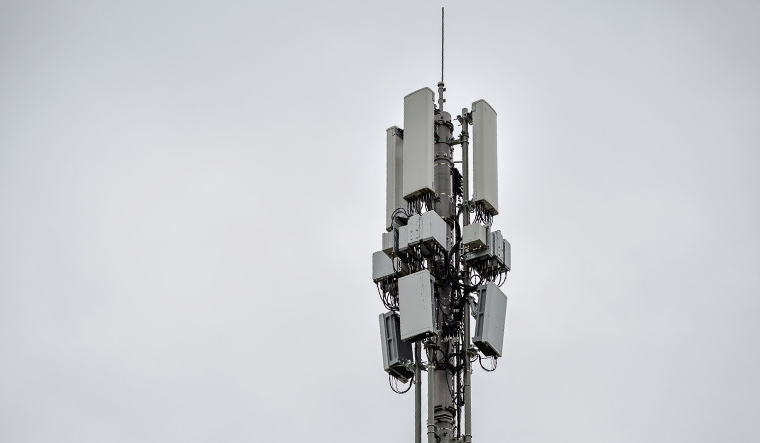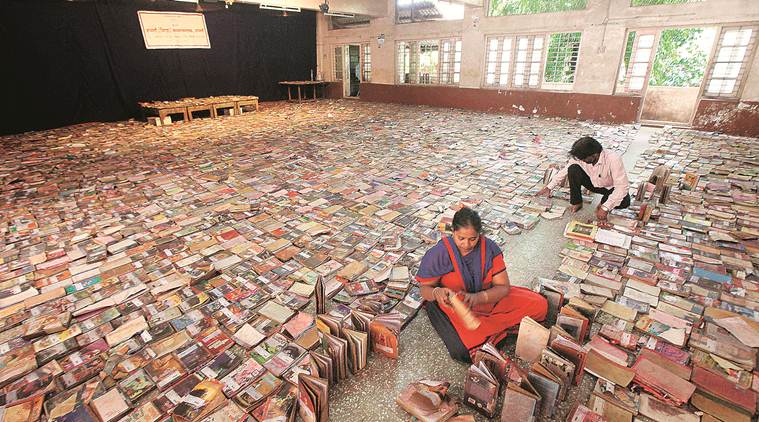From tilling the family fields with his father in a remote Tamil Nadu village to heading the prestigious Indian Space Research Organisation (ISRO) in Bengaluru and launching India’s ambitious moon mission, Chandrayaan 2, K Sivan has come a long way.
Despite his family’s modest means, Sivan, now 62, pursued his studies, attending his classes and also helping his father in the fields.
He studied at a village government school in the Tamil medium, and did his BSc in mathematics from ST Hindu College in Kanyakumari district. Throughout his early student years, his wardrobe was minimalist (he used to wear a dhoti) and he would walk barefoot. The first time he wore slippers was in engineering college.
Even after all these years, Sivan remains a man of simple needs.
“He still wears plain clothes, even though he is quite fond of wearing white-coloured clothes,” said a colleague and friend of his, who did not wish to be named.
“Same goes for his eating habits. He is the ISRO chairman but during all our project meetings you will find him sitting with the rest of the team members and enjoying a meal of dal-chawal, rasam, papad and curd. He prefers south Indian cuisine,” said the colleague.
Sivan graduated from Madras Institute of Technology in aeronautical engineering in 1980, after which he pursued aerospace engineering from the Indian Institute of Science, Bangalore, in 1982. He also has a PhD in aerospace engineering from the Indian Institute of Technology, Bombay.
Sivan joined ISRO in 1982 in its Polar Satellite Launch Vehicle (PSLV) project and has contributed immensely towards end-to-end mission planning, mission design, mission integration and analysis for all the launch vehicle programmes. He is the chief mission architect for 104 satellites launched in a single mission of the PSLV (PSLV C37).
“He is a perfectionist, and doesn’t accept substandard work. Even the presentations need to be perfect; even if he finds a minor error in a presentation before it’s to be presented, he cancels the meeting until the corrections are made. Behind his benign appearance is a tough taskmaster. He is a workaholic and also expects his team to put in their 100%,” the colleague said.
Sivan evolved a cost-effective strategy for the 2014 launch of the Mangalyaan Mars Orbiter Mission (MOM) using the PSLV. In addition to this, he is the primary developer of 6D trajectory simulation software SITARA which is used for mission planning of ISRO launch vehicles. Sivan is also the primary developer of Day of Launch – a wind biasing strategy for launch vehicles that has enabled all-weather launches.
He is the chief architect of ISRO’s space transportation and technology roadmap for meeting future requirements as well as augmenting existing capabilities in a phased manner.
During his career at ISRO, he has held many responsibilities -- group director, mission simulations and synthesis group; project director, reusable launch vehicle—technology demonstration programme; and chief controller, Vikram Sarabhai Space Centre that he later also headed.
As part of his innovative approach to making space technologies useful in day-today life, Sivan also has had discussions with the medical fraternity for development of medical devices in key areas.
The proposals for development of advanced microprocessor controlled artificial limb and artificial heart pump called Left Ventricle Assist Device has now been taken up in association with industry partners for prototype development as well as field trials.
Despite his family’s modest means, Sivan, now 62, pursued his studies, attending his classes and also helping his father in the fields.
He studied at a village government school in the Tamil medium, and did his BSc in mathematics from ST Hindu College in Kanyakumari district. Throughout his early student years, his wardrobe was minimalist (he used to wear a dhoti) and he would walk barefoot. The first time he wore slippers was in engineering college.
Even after all these years, Sivan remains a man of simple needs.
“He still wears plain clothes, even though he is quite fond of wearing white-coloured clothes,” said a colleague and friend of his, who did not wish to be named.
“Same goes for his eating habits. He is the ISRO chairman but during all our project meetings you will find him sitting with the rest of the team members and enjoying a meal of dal-chawal, rasam, papad and curd. He prefers south Indian cuisine,” said the colleague.
Sivan graduated from Madras Institute of Technology in aeronautical engineering in 1980, after which he pursued aerospace engineering from the Indian Institute of Science, Bangalore, in 1982. He also has a PhD in aerospace engineering from the Indian Institute of Technology, Bombay.
Sivan joined ISRO in 1982 in its Polar Satellite Launch Vehicle (PSLV) project and has contributed immensely towards end-to-end mission planning, mission design, mission integration and analysis for all the launch vehicle programmes. He is the chief mission architect for 104 satellites launched in a single mission of the PSLV (PSLV C37).
“He is a perfectionist, and doesn’t accept substandard work. Even the presentations need to be perfect; even if he finds a minor error in a presentation before it’s to be presented, he cancels the meeting until the corrections are made. Behind his benign appearance is a tough taskmaster. He is a workaholic and also expects his team to put in their 100%,” the colleague said.
Sivan evolved a cost-effective strategy for the 2014 launch of the Mangalyaan Mars Orbiter Mission (MOM) using the PSLV. In addition to this, he is the primary developer of 6D trajectory simulation software SITARA which is used for mission planning of ISRO launch vehicles. Sivan is also the primary developer of Day of Launch – a wind biasing strategy for launch vehicles that has enabled all-weather launches.
He is the chief architect of ISRO’s space transportation and technology roadmap for meeting future requirements as well as augmenting existing capabilities in a phased manner.
During his career at ISRO, he has held many responsibilities -- group director, mission simulations and synthesis group; project director, reusable launch vehicle—technology demonstration programme; and chief controller, Vikram Sarabhai Space Centre that he later also headed.
As part of his innovative approach to making space technologies useful in day-today life, Sivan also has had discussions with the medical fraternity for development of medical devices in key areas.
The proposals for development of advanced microprocessor controlled artificial limb and artificial heart pump called Left Ventricle Assist Device has now been taken up in association with industry partners for prototype development as well as field trials.


 At the Sangli District Nagar Vachnalaya, one of the oldest public libraries. (Express photo by Pavan Khengre)
At the Sangli District Nagar Vachnalaya, one of the oldest public libraries. (Express photo by Pavan Khengre)

